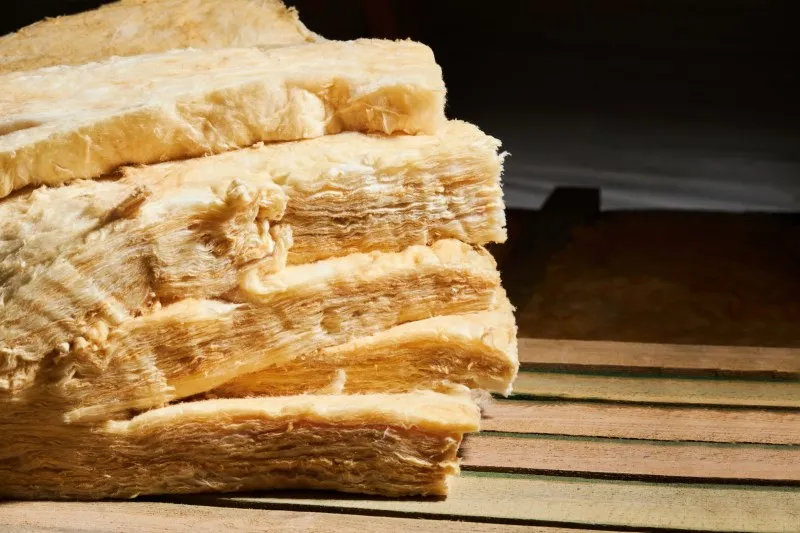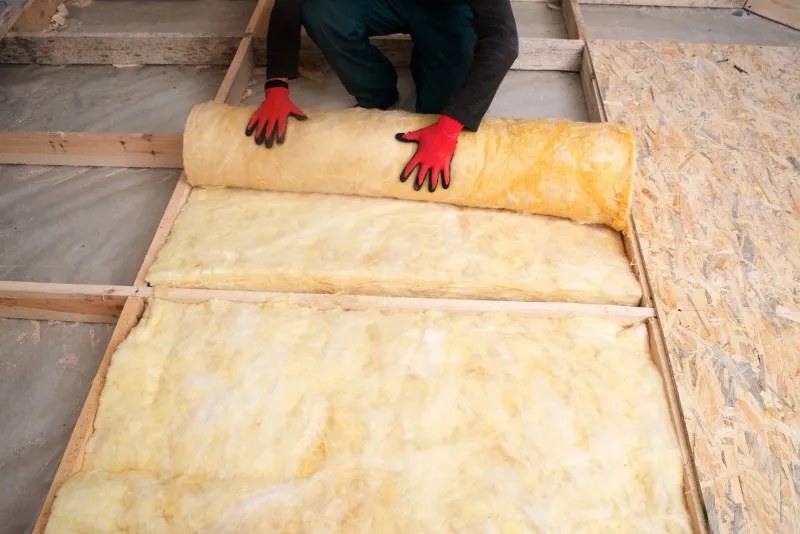If you have finally decided to make a reform of your old house, the first step will be to plan its implementation from below, from the very floor. And is that once the reform, moisture problems and heat loss are more difficult to solve. Let’s see what these problems are and we tell you how to insulate the floor of an old house to avoid any unforeseen.
1. Moisture by capillarity
Rising damp is the most complex and the one that causes the most damage. For this reason, it is advisable to identify it as soon as possible and prevent its appearance.
a. How it is generated and what problems it entails
This type of humidity occurs when water from the ground rises through the foundation of the structure until it reaches the walls. This water comes from the subsoil and contains mineral salts that are deposited on the walls and generate a state of permanent humidity. In fact, porous materials – such as stone and brick – are more susceptible to this situation, as they lack a moisture barrier.
Rising damp not only causes aesthetic damage, but also accelerates the decomposition of materials and results in colder walls, increasing heating costs.
b. How to avoid the rise of humidity
To determine if the house suffers from rising damp, just check if the wallpaper is worn, the paint is peeling or there are stains on the wall. Also, remember that this type of moisture occurs only in structures that are in contact with the ground -or one meter above the ground-. So if this is the case, it’s time to insulate the floor of your old house.
Among the most effective options to prevent moisture rising are the use of air chambers, gravel and polyethylene sheets, and waterproofing products.
The sanitary slab prevents direct contact of the structure with the ground, thus avoiding humidity and related diseases. In short, it improves the healthiness of the house. In addition, the air chambers created by the slab favor a temperature regulating effect, thus helping to keep the heat inside the house.
Air chambers (sanitary slab and caviti type floor slab)
However, the air chamber of the sanitary slab must be properly ventilated to prevent moisture from accumulating inside it. In fact, this ventilation prevents the storage of radon gas, a natural substance that is very harmful to health.
Likewise, caviti-type modules offer the advantage of covering the needs of the construction site, since they are manufactured at different heights, can be quickly joined together and can support heavy loads.
Use of gravels and polyethylene sheets
Both gravel and polyethylene sheets are highly resistant to wear and tear and have a waterproofing effect, preventing rainwater from seeping into the ground and moisture from rising through capillary action. In addition, the sheets are sold in rolls and are easily cut. For these reasons, it is a product widely used in construction as a base for making screeds.
Use of sheets or waterproofing products
Waterproofing sheets are also an alternative to insulate the floor of an old house and guarantee watertightness. In addition, you can find different options on the market depending on the needs of the structure, such as fiberglass, polyester felt and reinforced and stabilized polyester felt.

2. Thermal insulation of the floor
Just as insulating the floor of an old house is essential to keep humidity at bay, it is also essential to create a comfortable environment. To insulate the floor of your home, there are multiple techniques that vary depending on the installation and costs.
a. Advantages
Insulating the floor of an old house will allow you to enjoy greater comfort, both thermally and acoustically. In fact, using the right insulation will create a quieter and more relaxed home environment. To achieve this, floating floors are an excellent choice, as they not only improve insulation from external noise, but also reduce impact transmission.
In addition, the floor insulation of an old house also offers thermal benefits, preventing heat loss, maintaining a temperature and favoring greater energy savings.
b. Is it placed above or below the concrete?
Placing thermal insulation both above and below the concrete has its advantages. If you place it above the slab, the interior of the infrastructure will heat up faster when the heating is in operation. However, the insulation will affect the floor level and reduce the volume of the room. If, on the other hand, you place the product below the floor slab, the concrete will help absorb heat – especially if the room is facing south – and prevent overheating.
c. Types of thermal insulation for floors
Depending on the material from which they are made, thermal insulation for floors can be distinguished between synthetic and natural.

Polystyrenes
Polystyrene insulators belong to the group of synthetic insulators and are mainly distinguished between expanded polystyrene and extruded polystyrene.
- Expanded polystyrene: also known as “white cork”, it is an easy to install, light, resistant and affordable insulator. In addition, it is suitable for any home.
- Extruded polystyrene: due to its higher density, it has a high insulation capacity. This type of insulation is easy to install, weight-resistant, stable, lightweight and waterproof. However, it is usually used for facades instead of floors.
Natural insulation
One of the strengths of natural thermal insulation is its sustainability, since these products do not contain elements that are harmful to health and their manufacture is environmentally friendly.
Among the most common natural insulation materials are wood fiber, cork, cellulose and cotton.
- Wood fiber: they are composed of long wood fibers and binder, so that they allow acoustic and thermal insulation.
- Cork: this biodegradable option is one of the most widely used as thermal insulation. You can find it in sheets, boards or granular form.
- Cellulose: manufactured from recycled and shredded newspapers and applied in cavities by blowing.
- Cotton: due to its thermal and acoustic insulation capacity, the leftovers from the textile industry are moistened and pressed to form cotton blankets.
Using any of the techniques and materials we have analyzed, you will be able to insulate the floor of your old house and achieve a warm and damp-free home. This will be the first step to make the renovation of the house a success and avoid problems that will be difficult to solve in the future.



